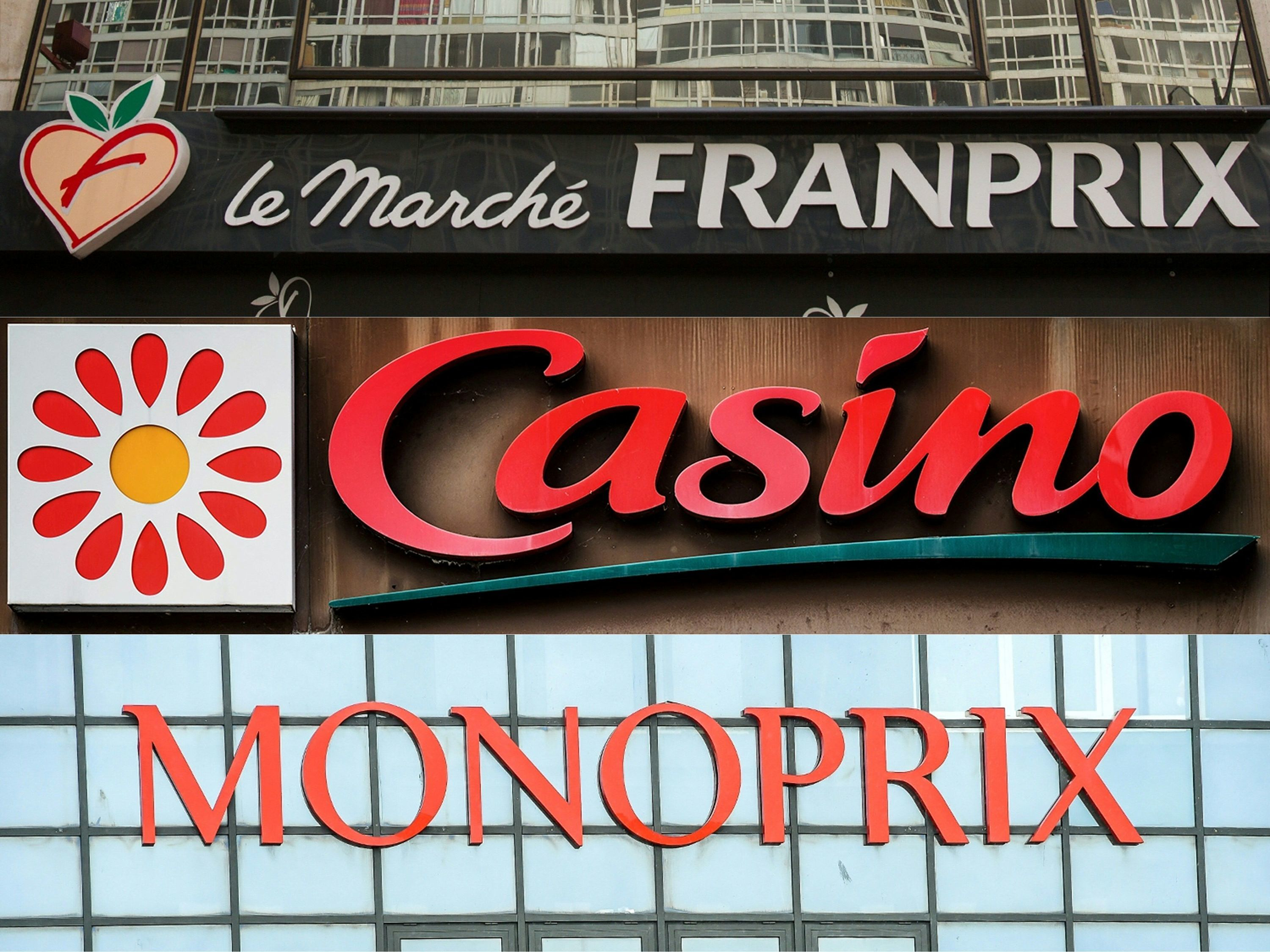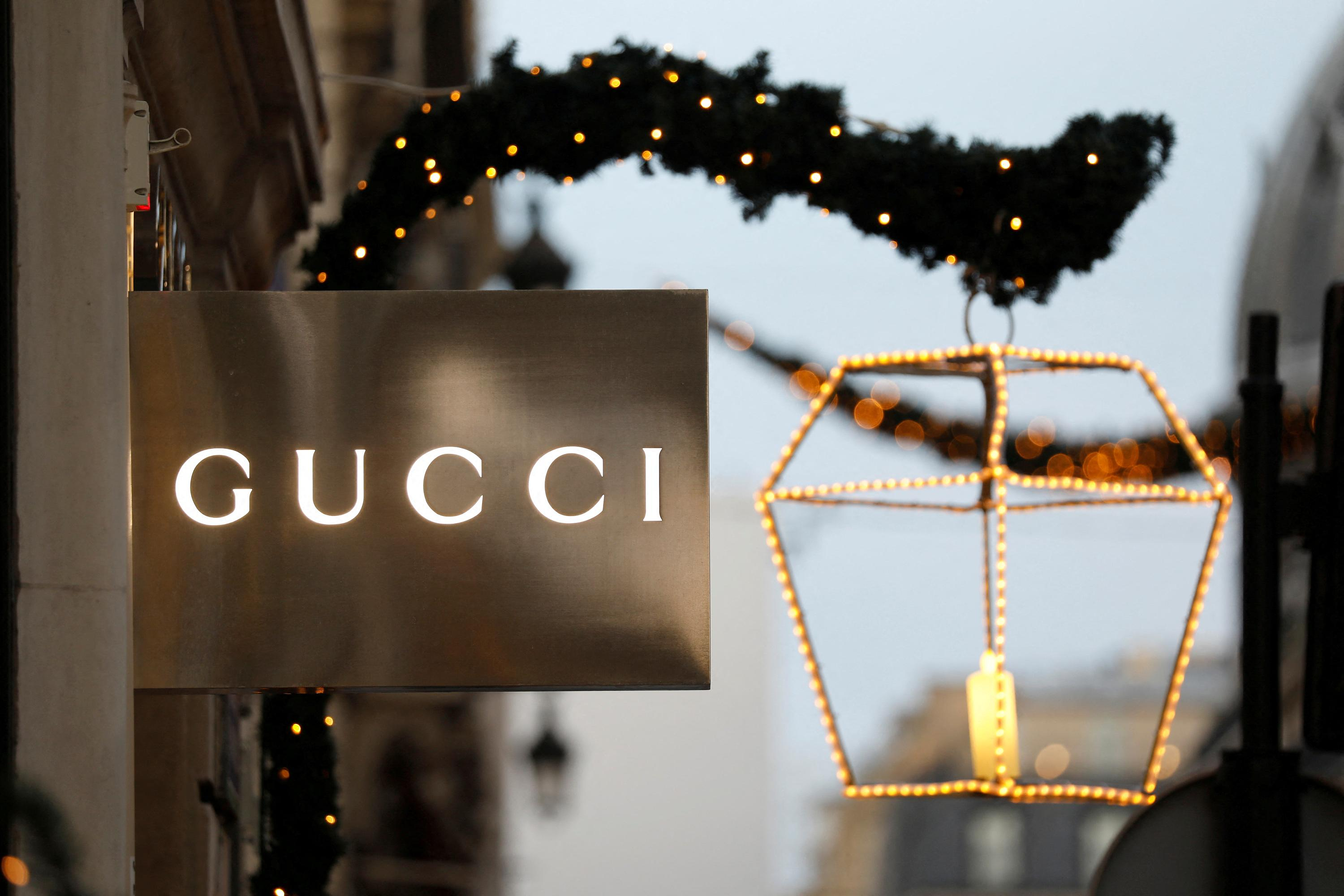The bang was unmistakable: the deputy head of department at Kaufhof Frankfurt was walking through the bed department on the 4th floor of the modern department store at Zeil 116 around midnight on April 2nd/3rd, 1968 when he heard a deafening noise behind him. Startled, he spun around and saw a wide, blazing wall of fire not ten meters away. Puffs of smoke rolled towards him, the dense smoke penetrated his eyes and nose.
As he ran to safety, he caught a glimpse of the fire in another department on this floor: toys. Here teddy bears, dolls and plastic Carrera tracks were on fire. Soon there were fires all over the floor.
At exactly 12:06 a.m., the sprinkler system was triggered automatically. And because the forwarding to the nearest fire station worked as intended, less than 60 seconds later two fire engines were on their way to the Kaufhof branch directly opposite the main station.
It was the original scene of German left-wing terrorism: The arson with timers in two Frankfurt department stores that night, next to the Kaufhof a few minutes earlier in the smaller but more expensive Schneider at Zeil 98, about 200 meters further east, was the first politically motivated Act of violence committed by Andreas Baader and Gudrun Ensslin, presumably together with two accomplices.
This department store is not (yet) affected by the closure of a further 52 branches of the company Galeria Kaufhof in Germany, which was announced in March. How long this department store, which was extensively renovated in 2008 and equipped with a new facade, will still exist, nobody can say at the moment. Another Galeria branch in Zeil 90 is already closing.
The Kaufhof management at that time would certainly not have had the idea of giving up branches in the best inner-city locations in 1968, despite the arson. And that despite the fact that the flames on the fourth floor, which took an hour and a half to be extinguished, were not the only thing that caused serious damage. Because the water from the sprinkler system on the ceiling flooded all goods on this floor and also flowed into the lower floors, down stairs, elevator shafts, escalators and sometimes even through the ceilings. The three lower floors and even the ground floor were quickly flooded ankle-deep.
Around 12:25 a.m., while the firefighters were still dragging hoses to the source of the fire in the two department stores, the phone rang at the Frankfurt branch of a news agency. "It's about to burn at Schneider and in the Kaufhof," said one woman: "It's a political act of revenge."
Less than 48 hours later, the Frankfurt police arrested Baader and Ensslin as well as two alleged accomplices named Thorwald Proll and Horst Söhnlein. After the arson, at least Baader and Ensslin partied until the wee hours in a trendy bar near the two crime scenes, dropping hints that pointed to them as the perpetrators.
Some free riders then felt compelled to give telephone warnings of alleged further fire attacks in other department stores and shops in Frankfurt, for example for the former Hertie on the Zeil, which is affected by the wave of closures 55 years later and is likely to be demolished soon.
Shortly before 2 a.m., the Frankfurt fire department gave instructions to immediately examine all department stores in Frankfurt, including the shopping centers, for hidden time bombs. At 2.55 a.m., the city-wide control was still in full swing, a new alarm message came: Fire at Neckermann. However, it was false alarm again.
Baader, Ensslin, Proll and Söhnlein were taken into custody; her trial began in October 1968. According to initial estimates, the damage to property was more than 300,000 marks in the Schneider department store, where essentially the women's outerwear department burned out, and more than 1.6 million marks in the Kaufhof department store. According to other information, it should have been "only" just under 700,000 marks - but even that would have been about 70 average annual salaries.
All four defendants disrupted the proceedings and did their best to provoke the court. They were pursuing a goal that Gudrun Ensslin had set: public attention should induce what they saw as the “oppressed masses of West Germany” to do the same as the four arsonists and to rise up against the state.
But nothing happened, because the alleged mass oppressed did not exist. And nobody outside of the far-left spectrum found it in any way "political" to let 70 average annual salaries (or much more) go up in flames.
Only a few dozen supporters cheered the appearances of the arsonists. And the prominent left-radical journalist Ulrike Meinhof, columnist for the student magazine “Konkret” in Hamburg, which was financed by the GDR for a long time. She visited Ensslin in custody and wrote about it in her column.
The text was a clear statement in favor of the perpetrators: "An argument against arson in general is that it could endanger people who should not be endangered." are not meant.
In the following sentence, she went even further: “An argument against department store arson in particular is that this attack on the capitalist consumer world (and the accused in the Frankfurt department store fire trial probably wanted it to be understood as such) does not unhinge this consumer world, does not even hurt it. "
The arson in the department stores was wrong for Meinhof, above all, because it was unsuitable for achieving the desired goal - "to unhinge the consumer world". In any case, the purpose must be different: "The progressive element of a department store arson does not lie in the destruction of the goods, it lies in the criminal nature of the act, in breaking the law." That was a commitment to terrorism.
The accused insulted the judiciary as "degenerate" and called for the court to be attacked: "Set this trespassing booth on fire!" The verdict on October 31, 1968 was nevertheless only three years in prison for the accused; That was "mild", Thorwald Proll admitted decades later: "It could have been doubled."
The only thing that the accused had to prove beyond a doubt was the arson in one of the two department stores, namely that at Schneider, the presiding judge, who was very understanding despite all the insults, justified the sentence. The incendiary bombs in the Kaufhof at the Hauptwache were constructed identically. But here there were no witnesses who would have noticed the suspects scrambling out and dumping the camouflaged incendiary devices just before the store closed.
Nevertheless, there were riots during the announcement: smoke bombs went off in front of the building, spectators in the hall attacked judicial officers, and in the scuffle Baader and Ensslin tried to flee. Unsuccessful.
The procedure for the department store arson and Meinhof's "Concrete" article made Baader and Ensslin known nationwide. They were helped by well-known left defenders, including the two West Berliners Horst Mahler and Otto Schily. Two years later, one would become a co-founder of the RAF, the other the best-known terrorist lawyer in German history.
You can also find "World History" on Facebook. We are happy about a like.

 His body naturally produces alcohol, he is acquitted after a drunk driving conviction
His body naturally produces alcohol, he is acquitted after a drunk driving conviction Who is David Pecker, the first key witness in Donald Trump's trial?
Who is David Pecker, the first key witness in Donald Trump's trial? What does the law on the expulsion of migrants to Rwanda adopted by the British Parliament contain?
What does the law on the expulsion of migrants to Rwanda adopted by the British Parliament contain? The shadow of Chinese espionage hangs over Westminster
The shadow of Chinese espionage hangs over Westminster Colorectal cancer: what to watch out for in those under 50
Colorectal cancer: what to watch out for in those under 50 H5N1 virus: traces detected in pasteurized milk in the United States
H5N1 virus: traces detected in pasteurized milk in the United States What High Blood Pressure Does to Your Body (And Why It Should Be Treated)
What High Blood Pressure Does to Your Body (And Why It Should Be Treated) Vaccination in France has progressed in 2023, rejoices Public Health France
Vaccination in France has progressed in 2023, rejoices Public Health France The right deplores a “dismal agreement” on the end of careers at the SNCF
The right deplores a “dismal agreement” on the end of careers at the SNCF The United States pushes TikTok towards the exit
The United States pushes TikTok towards the exit Air traffic controllers strike: 75% of flights canceled at Orly on Thursday, 65% at Roissy and Marseille
Air traffic controllers strike: 75% of flights canceled at Orly on Thursday, 65% at Roissy and Marseille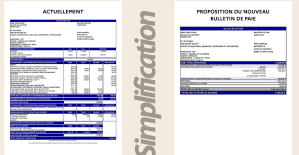 This is what your pay slip could look like tomorrow according to Bruno Le Maire
This is what your pay slip could look like tomorrow according to Bruno Le Maire Sky Dome 2123, Challengers, Back to Black... Films to watch or avoid this week
Sky Dome 2123, Challengers, Back to Black... Films to watch or avoid this week The standoff between the organizers of Vieilles Charrues and the elected officials of Carhaix threatens the festival
The standoff between the organizers of Vieilles Charrues and the elected officials of Carhaix threatens the festival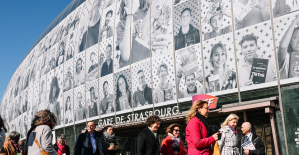 Strasbourg inaugurates a year of celebrations and debates as World Book Capital
Strasbourg inaugurates a year of celebrations and debates as World Book Capital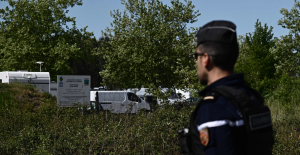 Kendji Girac is “out of the woods” after his gunshot wound to the chest
Kendji Girac is “out of the woods” after his gunshot wound to the chest Skoda Kodiaq 2024: a 'beast' plug-in hybrid SUV
Skoda Kodiaq 2024: a 'beast' plug-in hybrid SUV Tesla launches a new Model Y with 600 km of autonomy at a "more accessible price"
Tesla launches a new Model Y with 600 km of autonomy at a "more accessible price" The 10 best-selling cars in March 2024 in Spain: sales fall due to Easter
The 10 best-selling cars in March 2024 in Spain: sales fall due to Easter A private jet company buys more than 100 flying cars
A private jet company buys more than 100 flying cars This is how housing prices have changed in Spain in the last decade
This is how housing prices have changed in Spain in the last decade The home mortgage firm drops 10% in January and interest soars to 3.46%
The home mortgage firm drops 10% in January and interest soars to 3.46% The jewel of the Rocío de Nagüeles urbanization: a dream villa in Marbella
The jewel of the Rocío de Nagüeles urbanization: a dream villa in Marbella Rental prices grow by 7.3% in February: where does it go up and where does it go down?
Rental prices grow by 7.3% in February: where does it go up and where does it go down? Europeans: “All those who claim that we don’t need Europe are liars”, criticizes Bayrou
Europeans: “All those who claim that we don’t need Europe are liars”, criticizes Bayrou With the promise of a “real burst of authority”, Gabriel Attal provokes the ire of the opposition
With the promise of a “real burst of authority”, Gabriel Attal provokes the ire of the opposition Europeans: the schedule of debates to follow between now and June 9
Europeans: the schedule of debates to follow between now and June 9 Europeans: “In France, there is a left and there is a right,” assures Bellamy
Europeans: “In France, there is a left and there is a right,” assures Bellamy These French cities that will boycott the World Cup in Qatar
These French cities that will boycott the World Cup in Qatar NBA: the Wolves escape against the Suns, Indiana unfolds and the Clippers defeated
NBA: the Wolves escape against the Suns, Indiana unfolds and the Clippers defeated Real Madrid: what position will Mbappé play? The answer is known
Real Madrid: what position will Mbappé play? The answer is known Cycling: Quintana will appear at the Giro
Cycling: Quintana will appear at the Giro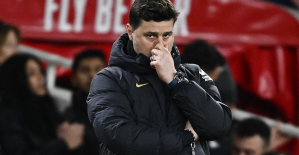 Premier League: “The team has given up”, notes Mauricio Pochettino after Arsenal’s card
Premier League: “The team has given up”, notes Mauricio Pochettino after Arsenal’s card




